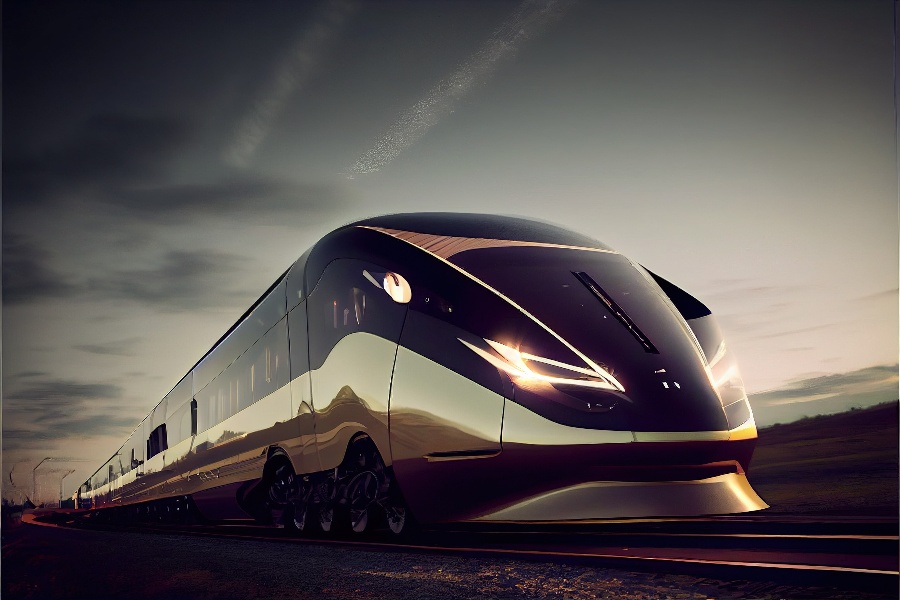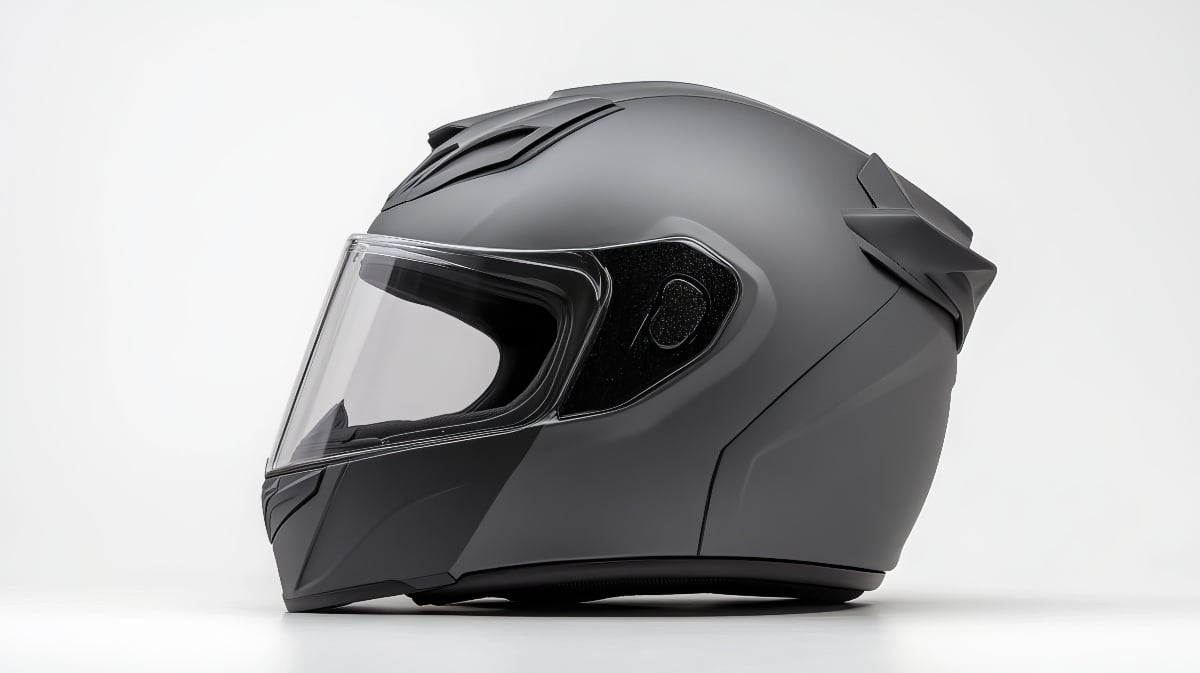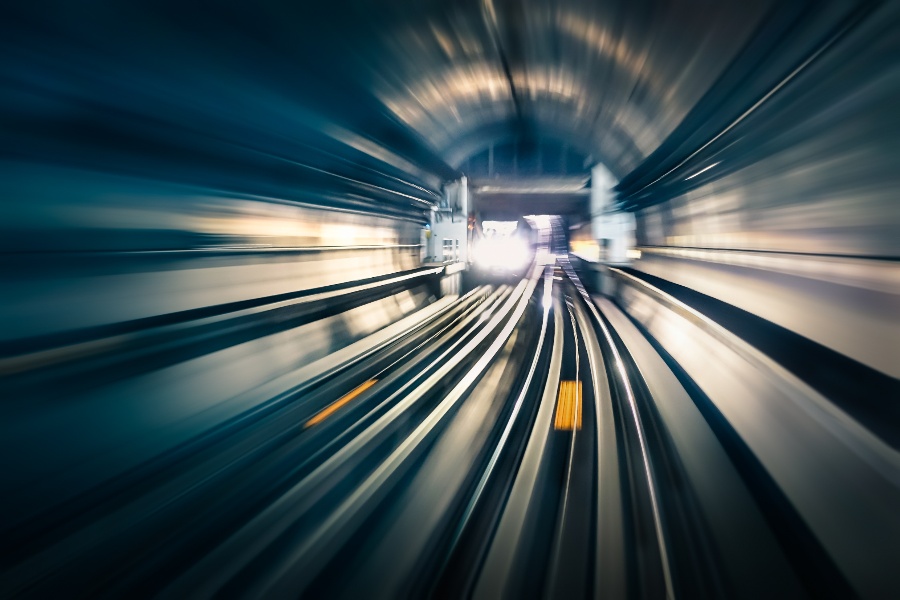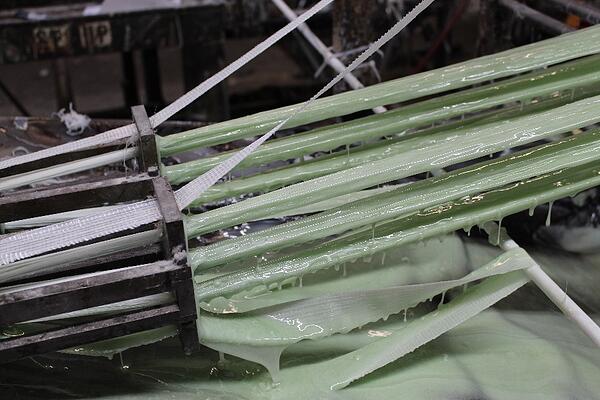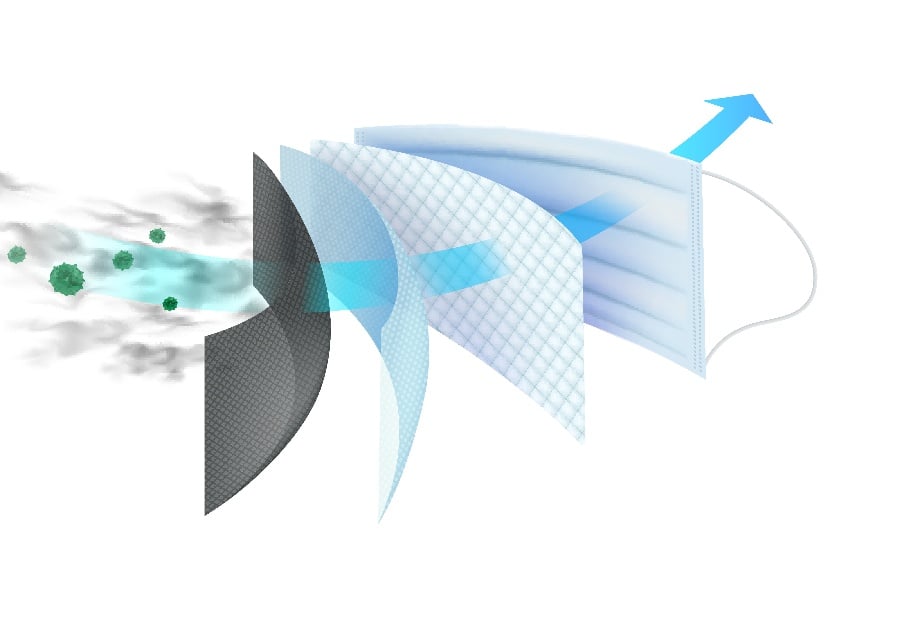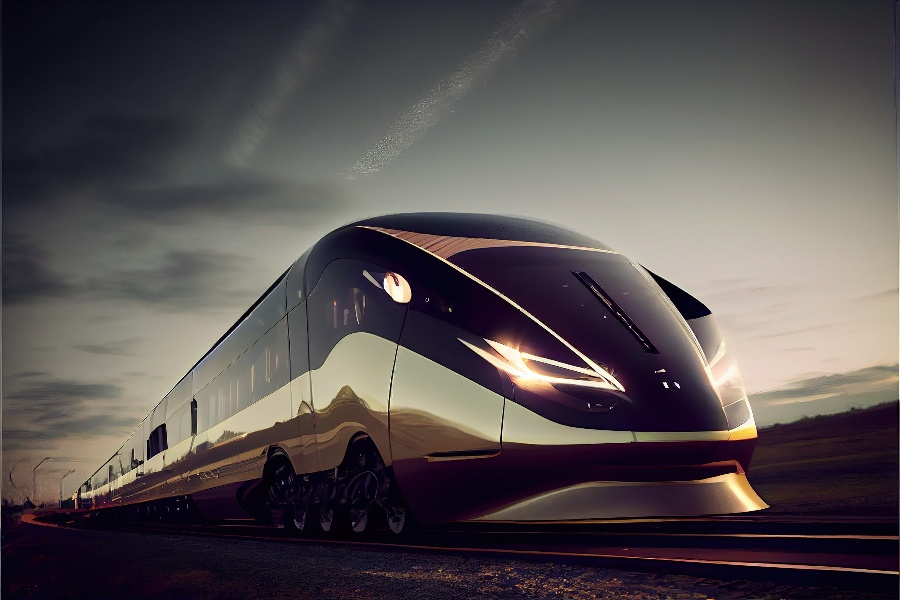
Advances in engineering over the last decades have made train travel faster and more efficient than ever before. High-speed trains offer a unique form of transportation for passengers and goods, making them an invaluable tool in modern societies. They are capable of reaching speeds of up to 250 miles per hour, making them the fastest form of wheeled ground transport. High-speed trains represent the ultimate combination of efficiency, safety, and comfort, making them undeniably important.
Building a high-speed train requires extensive research and design considerations to ensure its performance meets customer expectations while also operating safely and reliably.
Let's take a look at some of these design considerations for high-speed trains and how fiberglass-reinforced plastic (FRP) can be used in high-speed train design.
Why High-Speed Trains are Important
This method of transportation provides a sustainable option for long-distance travel that reduces carbon emissions compared to air or car travel. As well as this, they also allow towns to become more connected while generating less noise pollution than road and air transport. High-speed rail networks have been proven time and time again to promote economic growth in developing communities along route lines, allowing business owners access to larger markets as well as providing job opportunities for those living around railway stations.
High-speed trains are safer than any other form of transportation currently available. Their next-level engineering ensures much lower accident rates than planes or cars do. The state-of-the-art safety measures these trains include make them a top choice for both public and private sector organizations who want their valuables shipped quickly yet securely.
High-speed trains offer riders a comfortable traveling experience like never before. They come with improved interior design elements such as seat spacing as well as extra frills like control devices that let you control the temperature within your seat's limits, guaranteeing passengers enjoy a trip without disruption from rough terrain or harsh weather conditions.
High-speed train technology is incredibly advantageous for individuals traveling on tight schedules over long distances. They are also great for businesses wanting secure delivery services and communities hoping to see an economic boost from increased connectivity brought by fast rail links.
High-Speed Train Design Considerations
Engineers must consider vehicle dynamics when designing a high-speed train. A fast-moving train will experience intense aerodynamic forces, which can affect the stability, steering, braking, and overall safety of the train. To counteract this, an aerodynamically designed body with low wind resistance is required for optimal passenger comfort and safety.
Engineers must pay attention to wear on rail track components when designing a high-speed train. At higher speeds, there is often significant redistribution along long rail tracks which can lead to accelerated wear of sleepers or other rail track components. Designers must ensure vibrations generated by the train are dampened sufficiently throughout its life cycle so as to not disturb passengers or cause unnecessary wear on track components.
Power generation must be considered when building a high-speed railway system., High-speed trains need significantly more power than their slower counterparts and therefore require more powerful engines which deliver larger outputs at higher speeds effortlessly through an efficient driveline system that minimizes heat losses.
Weight plays a vital role in design aspects such as acceleration and braking times. Therefore, designers should opt for materials with higher strength-to-weight ratios while minimizing wasted space between individual cars–allowing additional optimizations from reduced total car weight. The demand for improved energy efficiency has led manufacturers to develop lightweight designs without compromising durability or safety standards.
Noise mitigation is paramount when designing a high-speed railway system. By using advanced soundproofing techniques, it is possible to reduce vibration levels greatly so that passengers enjoy quiet, comfortable journeys. Additionally, regulators must ensure precise wheel geometry as well as carefully smoothed weights to prevent excessive wheel noise that may be disruptive otherwise. These features ultimately work together toward primary objectives such as enhancing operational safety, passenger comfort, journey reliability, energy efficiency, and cost-effectiveness so essential for modern railway networks.
Material Choices for High-Speed Trains
Any high-speed train must be built with care and precision; this means that the choice of materials is incredibly important. The combination of materials used must result in a robust, reliable, and safe train. High-speed trains are usually made from specialized aluminum alloys, steel alloys, fiberglass components, and composite materials. Let's look at each material choice in more detail.
Aluminum alloys, considered the preferable option for most train manufacturers because of its lightweight properties, are a key component of high-speed trains due to their strength and durability against dynamic loadings at speed. Steel alloys add heavier weight but greater structural support compared to aluminum alloys while also having dynamic buckling resistance, which may lead to improved safety when traveling at high speeds.
Fiberglass components may be used in the manufacture of both bodies and window frames due to their excellent insulation properties; fiberglass components can provide the necessary thermal insulation needed by passengers during long-distance journeys while still being light enough to not put too much strain on the train's axle system when tensile loads are present. Finally, composite materials can be used as a useful alternative for any heavy-duty structural parts as they afford good strength-to-weight ratio throughout operational life cycles, making them ideal for use with high-speed trains. One material that can be used is fiberglass-reinforced plastic.
Fiberglass-Reinforced Plastic for High-Speed Trains
High-speed trains rely on sturdy, lightweight materials to maintain efficiency and safety, and fiberglass-reinforced plastic is an ideal choice for this purpose. FRP provides a unique combination of durability, strength, and corrosion resistance—characteristics that are invaluable in any high-speed train application. With a variety of available constructions, it can be tailored to suit the specific requirements of each individual train line.
The strong yet lightweight nature of FRP makes it very suitable for achieving faster travel times with less energy while providing enhanced stability to the rail car and carriage. As speed is increased with high-speed rail services, so too must the strength of components such as columns and support beams. FRP's low weight also reduces wear on railcar axles during longer distance journeys as well as dampening vibrations caused by passing over switches and joints in rail lines.
FRP's superior corrosion resistance makes it an ideal material for rail applications that pass through marine air or areas exposed to moisture or increased salinity levels from nearby sources such as saltwater seaside rail activities and pooling water from flooded areas near rails. The chemical bonding properties of various resin systems provide additional protection against environmental corrosion factors common along many railway networks throughout the world.
Real-World Examples
Fiberglass-reinforced plastic is a key component in a wide range of British Railways rolling stock applications. From the cab of the high-speed train to passenger doors and seat shells, FRP offers structural strength and protection against missile impact that can't be matched by other materials. Examples from throughout the rail industry show that FRP is an excellent choice to provide safety and security while also delivering on durability and performance requirements.
Talgo, a Spanish rolling stock manufacturer, has also used composites to improve rail transportation. A carbon fiber-reinforced polymer (CFRP) prototype of its radial bogies promises to drastically reduce weight for additional passengers and energy consumption by up to 50%. Not only does the new design free up weight for more passengers, but it also eliminates much of the strain put on rail infrastructure. This technology will allow train operators to reduce maintenance costs while still adhering to European standards of rail bogey construction and fire-smoke toxicity. Furthermore, it has passed both static and fatigue tests–with over 10 million load cycles–without sustaining any damages.
Are you looking for a reliable provider of high-quality fiberglass-reinforced plastic products? Look no further than Tencom! We offer an extensive selection of durable and long-lasting FRP with competitive pricing. Reach out today to learn more.

